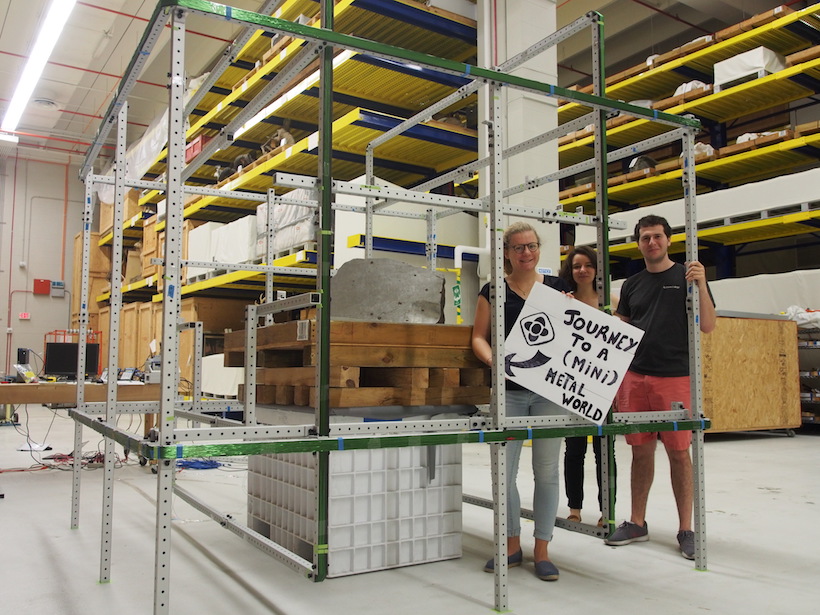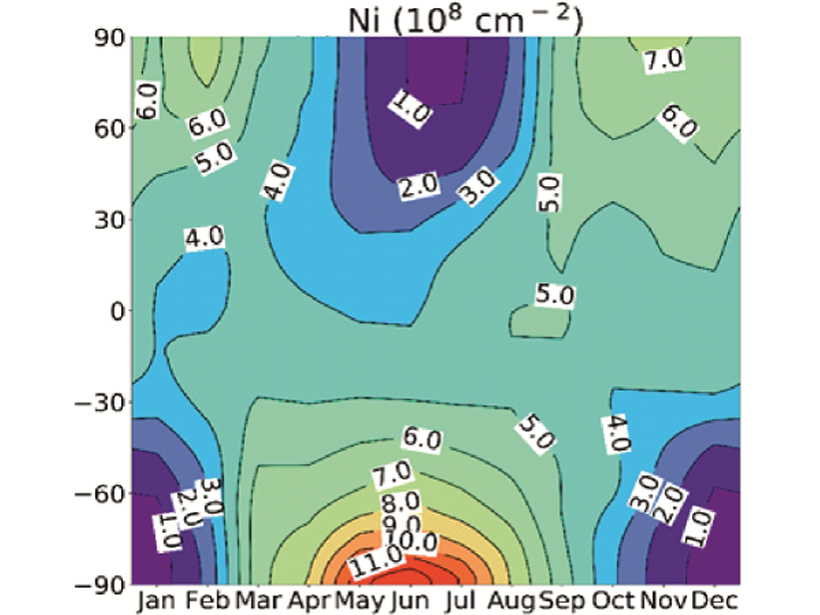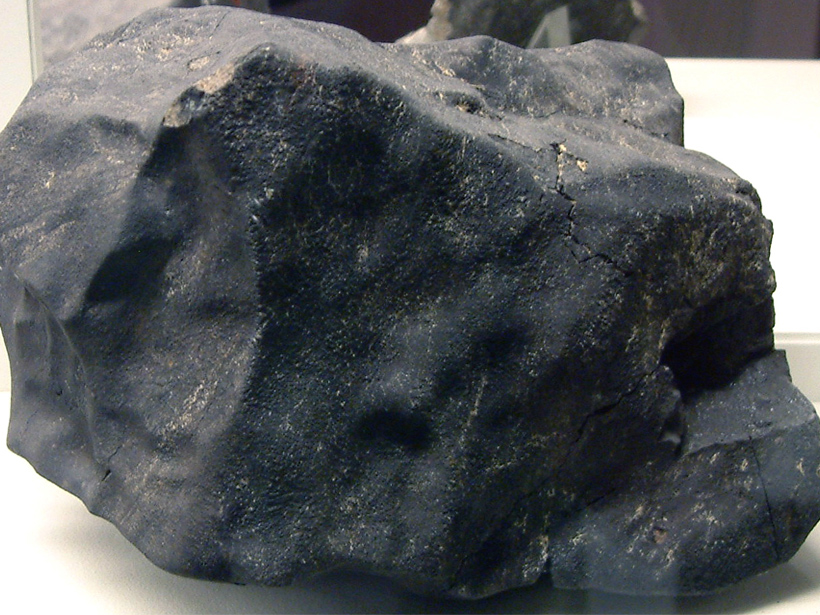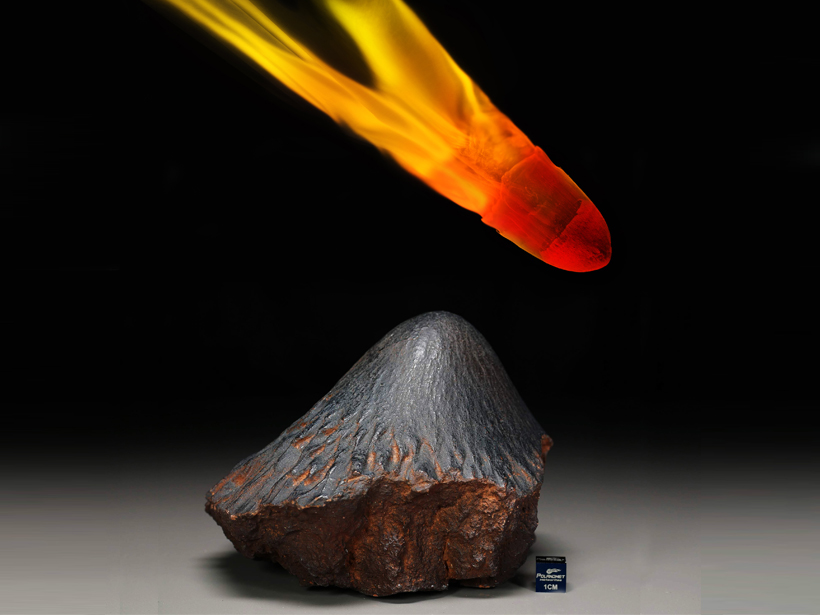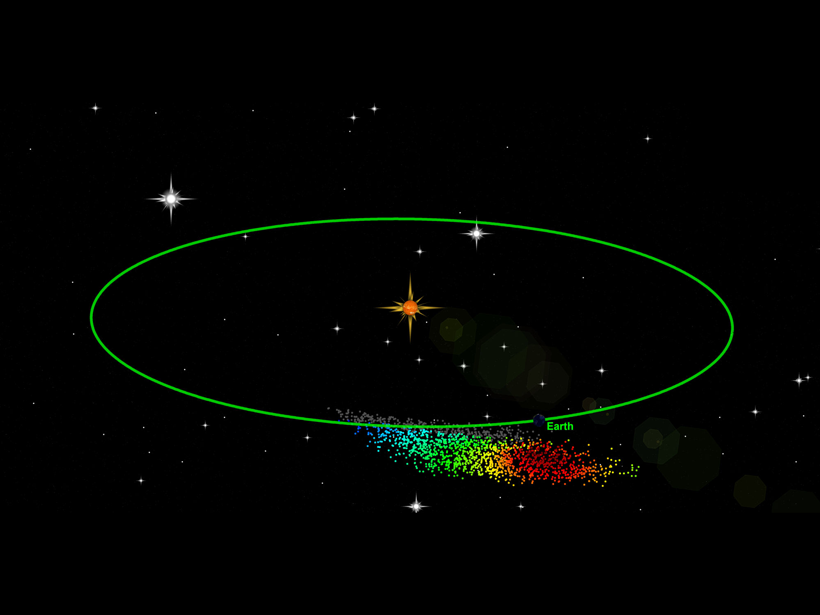A new analysis of iron meteorites reveals a distinct isotopic signature that suggests nitrogen was present around early Earth.
meteors & meteorites
Measuring Massive Magnetic Meteorites
A new tool to measure the magnetic signatures of big meteorites could not only aid NASA’s mission to Psyche; it could also help solve mysteries about how magnetic fields formed in our early solar system.
Traces of Impacts on Warm Planetesimals Early in Solar System
Meteorite NWA 11004 contains evidence of melting preceding an impact dated to 4546±36 Ma. Short lived radioactive decay had already heated the parent body of this meteorite before the impact.
First Model of Meteoric Nickel in the Upper Atmosphere
A layer of nickel of cosmic origin, which exists between 80 and 110 km high in Earth’s atmosphere, has been modeled for the first time, including dynamics and complex neutral and ion chemistry.
Tiny Fireballs May One Day Reveal Unseen Asteroids
The tiny fireball that flew over Japan in 2017 came from an asteroid that could threaten Earth in 10 million years or so. Scientists are trying to use these little meteors to hunt larger objects.
Dust Older Than the Sun Sheds Light on Galactic History
A small pile of dust grains older than the Sun brings new evidence about the rate at which stars are born in the Milky Way.
“Glass Pearls” in Clamshells Point to Ancient Meteor Impact
Research suggests that the spherical structures, smaller than grains of sand, may be microtektites, but additional investigations are needed to verify their identity.
Goldilocks Meteors Carved into Cones
Their “just right” shape lends some shooting stars flight stability and symmetry.
Fireballs Could Provide Clues to an Outstanding Meteor Mystery
Fireballs in the summer sky may signify a chance to probe their mysterious origin.
Oldest Meteorite Collection Found in World’s Oldest Desert
Rare 2-million-year record reveals the meteorite flux rate.


